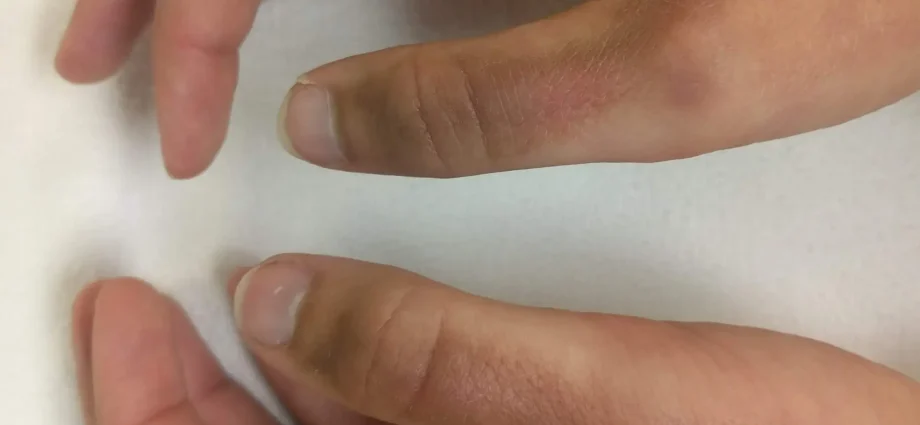Contents
It’s hard to believe, but it’s a fact: every sixth of us has a chance to face an allergy to the sun – photodermatitis. Why does this happen and how to avoid trouble?
How does photodermatitis manifest itself?
Photodermatitis (photodermatosis) may look like a common urticaria – irritation and rashes on the skin: redness, itching, peeling, rash. © Healthy-Food
How to distinguish it from other allergic manifestations?
Photodermatitis develops within a few hours or days after exposure to the open sun.
Rashes, as a rule, appear in the spring and summer, when the sun is gaining activity.
The skin reaction disappears within a day or a little longer if you do not go out in the sun.
The rash appears only on open areas of the body. © Healthy-Food
5 risk factors
People prone to allergic reactions, including children, are more susceptible to sun allergies.
First of all, you should be careful for people of the Celtic and Nordic (I and II) phototypes, who at the genetic level do not have enough internal resources for active protection from ultraviolet radiation. However, photodermatosis can also develop in people of other phototypes. It’s just that the palest ones take more risks. You can find out your phototype by taking the test below.
Photosensitization is often increased by drugs. These include some medicinal herbs (for example, St. John’s wort), antibiotics, strong painkillers, antipsychotics, oral contraceptives.
Cosmetics with retinol, essential oils of citrus, bergamot, parsley or dill juice also have a photosensitizing effect.
How to care for skin with photodermatitis
With photodermatitis, you can not go out without sunscreen. © Healthy-Food
You don’t have to switch to a nocturnal lifestyle. Very often, sun allergies go away as suddenly as they appear. But it still makes sense to follow these rules:
do not go out into the open sun from 11:00 to 16:00;
cover the body: wear a wide-brimmed hat, long sleeves, light trousers and closed shoes;
use creams that protect against UV rays types A and B; choose funds with maximum indices: SPF 50+, PPD as close to 42 as possible – and renew them every 2 hours if you spend time outside.
moisturize the skin, this is the basis of its protective forces;
choose hypoallergenic cosmetics.
If the cause of sudden photosensitivity of the skin is not clear and photodermatitis does not go away, consult a doctor. © Healthy-Food
Funds overview
Sun protection dry face spray “Expert Protection”, SPF 50, Garnier has a light texture, provides high protection and hydration, suitable for sensitive skin. The compact bottle of hypoallergenic product is convenient to carry and renew protection as needed.
Sun milk for children from 3 years old, very high protection Dermo-Pediatrics Anthelios, SPF 50+ / PPD 38, La Roche-Posay Hypoallergenic sunscreen for sensitive skin. Suitable also for adults.
Cicaplast Balm B5 Revitalizing Soothing Treatment SPF 50 La Roche-Posay saves from burns and other types of skin damage provoked by ultraviolet radiation, protects from broad spectrum rays.
After Sun Gel Sublime Sun “Protection and Hydration”, L’Oréal Paris Can be used for both face and body. Thanks to aloe extract, it effectively moisturizes and soothes the skin, strengthens its own defenses.










